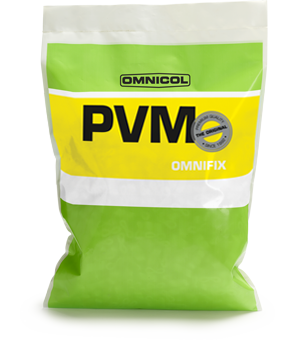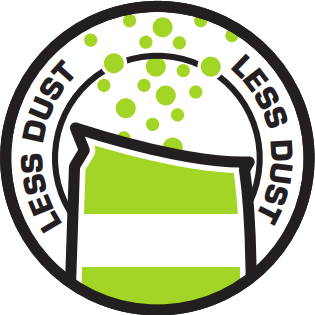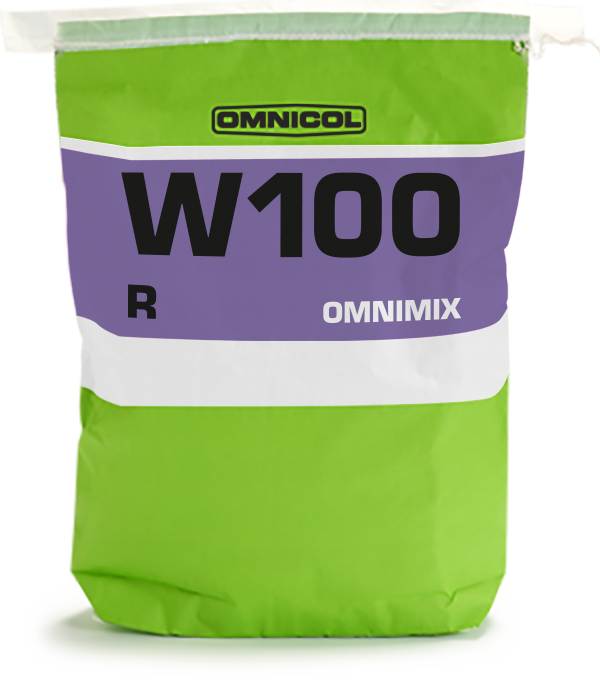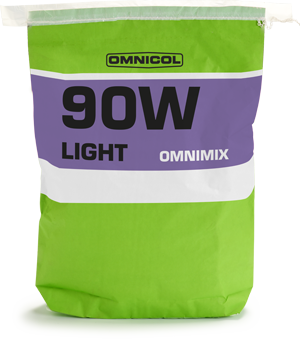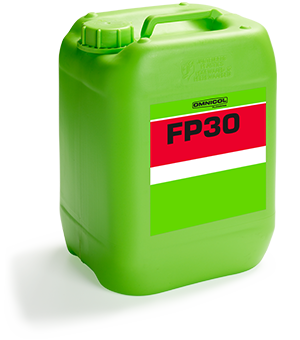PVM omnifix
Construction adhesives
Applications
Suitable for all kinds of brick façades on internal and external walls. Narrow beds and vertical joints give your brick wall, façade, balcony or column a contemporary look. Narrow joints, combined with highly moisture-resistant bricks and adhesive mortar, make it possible to create façades with open vertical joints. Using an adhesive mortar of the same colour and recessed joints means that the adhesive can hardly be seen. This enables you to obtain a façade with intense colours that make the bricks look even better. Three types of adhesive mortar are available as standard versions (A, B or C), so that you can apply bricks with different water absorption coefficients equally quickly and
under a variety of conditions.
This adhesive mortar has superior physical qualities, such as frost resistance, deformation capacity, adhesion and bending tensile strength. For example, high adhesion and bending tensile strength values mean that PVM omnifix can be used to make prefabricated components and corner pieces. Apart from the possible appearance of soluble salts in the bricks, this product guarantees that your façade will keep its intense colour.



External certifications
- KOMO certificate with product certification N° IKB 1358, in compliance with BRL 1905
- CE conformity according to the 2+ system, BÜV NW, Düsseldorfer Strasse 50, D-47051, Duisburg under No. 0778, certification 0778-BPR-8.554-2/1 998-2
PVM omnifix can be applied to damp and frost resistant structures (water repellent structures and all structures that are exposed to storms and wind). The adhesive mortar is intended for S-type joints, with an average joint thickness of 3 - 6 mm / for an average joint thickness of 3 - 6 mm.
| INITAL RATE OF WATER ABSORPTION (IRA) | MORTAR TYPE | ||
| IRA class | Type facade brick | Initial water absorption (kg/m² min) | PVM |
| IRA1 | Very low absorption | IW ≤ 0,5 | C |
| IRA2 | Moderate absorption | 0,5 < IW ≤ 1,5 | B |
| IRA3 | Normal absorption | 1,5 < IW ≤ 4,0 | B |
| IRA4 | Very high absorption | 4,0 < IW | A |
IRA: Determined in accordance with EN 772-11
The weather conditions can affect the suction power.
Getting started with PVM omnifix

chocolate
kaki

pure
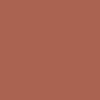
campine
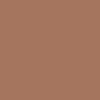
sienna
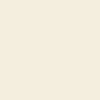
straw

snow
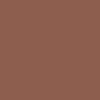
toscane

concrete

chocolat

titan

sand
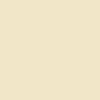
ivoire

sahara

pigeon

rosso
metallic

orange
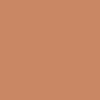
canyon

antracite
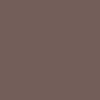
cacao

wengé

wine
Colour chart
Safety information
Certificates and documents
Download the documents available from this specific product here.
Can't find the right certificate?
Contact usVideos
Here you will find the videos available for this specific product. If you didn't find what you were looking for, check out our YouTube channel.
Let us help you out
What is the difference between the techniques?
Gluing/thin bricklaying, ironing and normal bricklaying of facing bricks.
- Gluing or thin brickwork: a joint of 4 to 8 mm is created between the facing bricks. The glue or thin-bed mortar (also called thin-bed mortar) is applied recessed (deeper) and the stone is no longer added. Because a thinner joint is created that is not added, the color of the stone largely determines the appearance of the facade. The adhesive mortar or thin-bed mortar is often processed in a color that matches the stone color.
- Traditional masonry: The joint is approximately 12 mm. When laying bricks, the joint determines the appearance. The thinner the joint, the stronger the effect.
- Flushing: This technique involves traditional bricklaying (8-12 mm joint) whereby the colored masonry mortar is also used to finish the joint in one subsequent work pass. It mainly increases returns.
The choice between gluing and thin bricklaying on the one hand and bricklaying or ironing on the other hand is primarily an aesthetic choice.
Is there a chance of efflorescence?
Everyone is familiar with the white or gray rash on masonry. Annoying and not aesthetically pleasing. There are different types of efflorescence: saltpetre, lime efflorescence and gypsum efflorescence. With the use of Omnicol adhesive and thin-bed mortars, the phenomenon of efflorescence on the facade is greatly reduced compared to standard masonry. Always ensure that the guidelines regarding the protection of fresh masonry are adhered to. Do not process mortar at very low temperatures (< 5°C) or during rainfall. In addition, the choice of facing brick is also an important factor in preventing the risk of efflorescence.
Do I have to order my colored mortar in one go?
It is advisable to order colored mortar in one go to avoid slight color differences.


